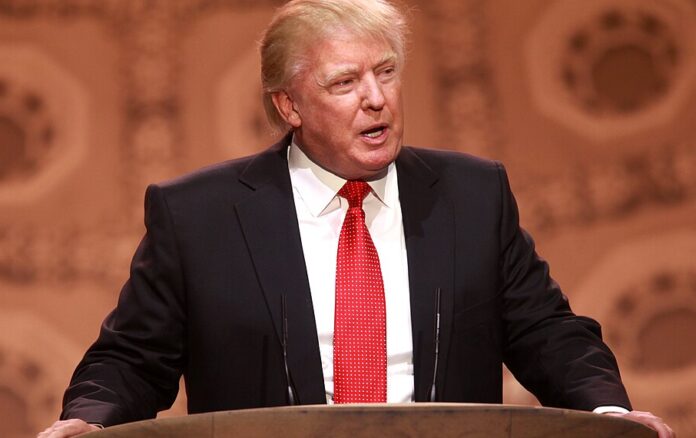UN nuclear chief says Iran’s atomic programme badly hit by US strike amid new peace talks
The head of the United Nations’ nuclear watchdog has confirmed that Iran’s atomic programme suffered “enormous damage” in last weekend’s US military strike ordered by President Donald Trump. The statement from the International Atomic Energy Agency (IAEA) comes amid questions about the effectiveness of the attack and reports that Iran had tried to move enriched uranium before it was hit.
Speaking in Vienna on Thursday, IAEA Director General Rafael Grossi stated, “Our assessment is that the physical destruction caused by the strike set back Iran’s nuclear development significantly. The damage to the Fordow site alone will take years to undo.”
The US attack targeted three nuclear facilities, including the heavily fortified Fordow enrichment site. Initial reports had cast doubt on the strike’s impact, with some analysts suggesting Iran had relocated key materials in advance. However, the IAEA’s independent analysis strongly contradicts these claims.
US Defence Secretary Pete Hegseth reinforced this view during a Pentagon briefing. “I’m not aware of any intelligence showing that uranium stockpiles were moved prior to the strike,” he said. “Reports to the contrary are either speculative or based on faulty analysis.”
Hegseth blasted what he called a “media obsession” with leaked damage assessments that allegedly downplayed the strike’s effectiveness. He cited updated CIA estimates showing the targeted facilities were left inoperable, delaying Iran’s ability to enrich uranium by at least two years.
Embed from Getty ImagesThe attack has triggered a broader diplomatic shift. As tensions simmer, the Trump administration is quietly pushing a dramatic new offer: a $30 billion civilian nuclear deal with Tehran—funded not by Washington, but by its Gulf allies.
The proposal, first reported by CNN and confirmed by the Jerusalem Post, would see Iran adopt the so-called “UAE model,” where all nuclear fuel is imported under strict international oversight. In return, Iran would permanently halt uranium enrichment and allow full access to IAEA inspectors.
Under the deal, Tehran would receive foreign-backed investment to develop a civilian nuclear energy programme. The plan also includes unfreezing $6 billion of Iranian assets and rebuilding the bombed Fordow site as a non-enrichment facility. The US would not directly finance the initiative but has asked Saudi Arabia, the UAE, and Qatar to provide financial backing.
US Special Envoy Steve Witkoff is leading the push, aiming for a “comprehensive peace agreement” in the region before the end of Trump’s Middle East tour. Talks are ongoing, though Iran has yet to formally engage. Secretary of State Marco Rubio said Tehran must participate directly, not rely on intermediaries.
Meanwhile, diplomatic activity continues elsewhere. French President Emmanuel Macron revealed on Thursday that Trump is “very determined” to secure a ceasefire in Gaza following the recent US-brokered truce between Israel and Iran. Speaking in Brussels, Macron said Trump’s involvement is “crucial” to stabilising the region.
The stakes are high. With Iran’s nuclear ambitions crippled and Trump dangling an unprecedented civilian deal, the coming weeks could determine whether Tehran chooses confrontation or cooperation.
For now, the IAEA’s assessment has quashed doubts over the military strike’s impact. But whether this translates into lasting diplomatic gains remains to be seen.
